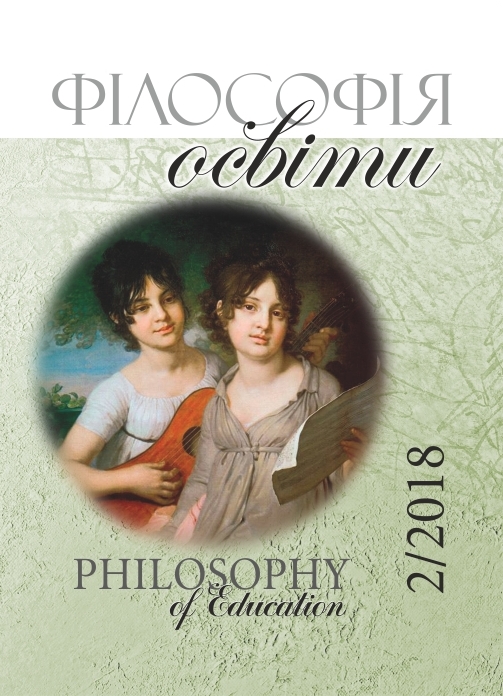The Natural Medium as Carrier of Meanings and Their Decoding by Living Beings: Biosemiotics in Action
DOI:
https://doi.org/10.31874/2309-1606-2018-23-2-192-218Keywords:
autopoiesis, biosemiotics, cognition, complex adaptive systems, enactivism, evolutionary epistemology, life, meaning, natural medium, network science, sign, UmweltAbstract
The synthetic, integrative significance of biosemiotics as a modern interdisciplinary research program is under discussion in the article. Aimed at studying the cognitive and life activity of living beings, which are capable of recognizing signals and extracting the meanings, biosemiotics serves as a conceptual node that combines some important notions of theoretical biology, evolutionary epistemology, cognitive science, phenomenology, neuroscience and neurophilosophy as well as the theory of complex adaptive systems and network science. Worlds of perception and actions of living beings are built in the process of co-evolution, in structural coupling and in enactive interaction with the surrounding natural environment (Umwelt). Thereby the biosemiotic theories developed by the founders of biosemiotics (J. von Uexküll, Th. Sebeok, G. Prodi, H. Pattie) are conceptually closed to the system-structural evolutionary approach developed in synergetics by H. Haken and S.P. Kurdyumov, the conception of autopoiesis (H. Maturana and F. Varela), second-order cybernetics (H. von Foerster), the conception of enactivism in cognitive science (F. Varela, E. Thompson, A. Noë). The key to comprehending the processes of extracting and generating meanings is that every living organism lives in the subjectively built world (Umwelt), so that its Umwelt and its internal psychic organization become parts of a single autopoietic system. According to the well-known expression of G. Bateson, information is a not indifferent difference or a difference that makes a difference. Differences become information when a cognitive agent as an interpreter, acting as part of an autopoietic system, sees signs in these differences that make meanings.
Downloads
-
PDF (Русский)
Downloads: 628
Published
How to Cite
Issue
Section
License
- Authors who publish with this journal agree to the following terms:
- Authors retain copyright and grant the journal right of first publication;
- Authors are able to enter into separate, additional contractual arrangements for the non-exclusive distribution of the journal's published version of the work (e.g., post it to an institutional repository or publish it in a book), with an acknowledgement of its initial publication in this journal.





